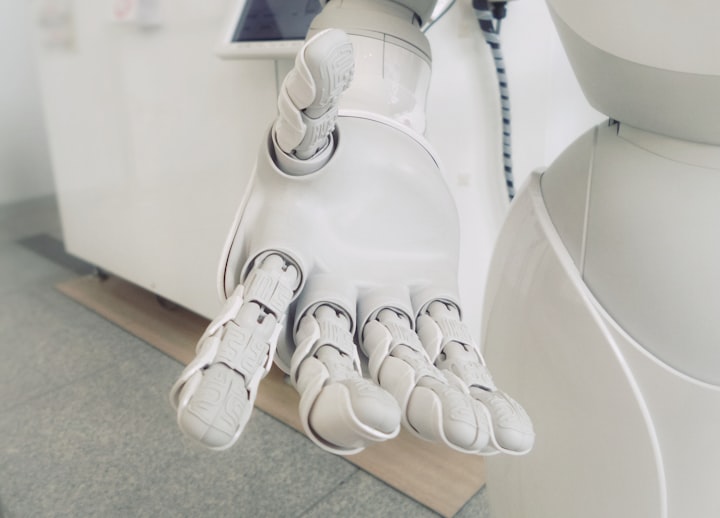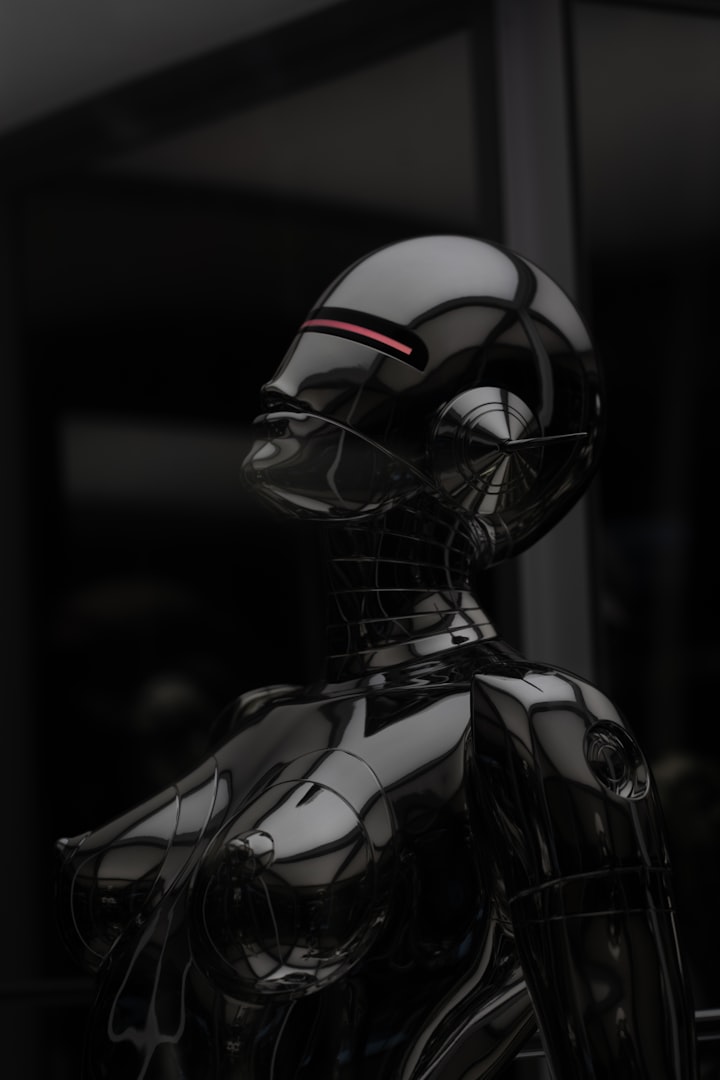Short introduction to BERT and GPT Transformers
AI

In recent years, the field of natural language processing (NLP) has experienced a monumental shift, all thanks to the emergence of transformer models. These models, like BERT (Bidirectional Encoder Representations from Transformers) and GPT (Generative Pre-trained Transformer), have not only reshaped the way we approach NLP tasks but have also opened up new possibilities that we could only dream of before. In this article, we’re about to embark on a journey into the inner workings of transformer models — understanding their unique architecture, mechanics, and most importantly, their profound impact on various NLP tasks such as text generation, translation, and sentiment analysis.
The Birth of Transformer Architecture
Imagine a time when recurrent and convolutional models dominated the NLP scene. Then, in 2017, a game-changing paper titled “Attention is All You Need” by Vaswani and his team introduced the world to the transformer architecture.
This marked a seismic shift from the models we were accustomed to. At its core, the transformer relies heavily on an innovative self-attention mechanism, allowing the model to appreciate the significance of words in relation to others in a sequence.
Mechanisms of Transformer Models
Self-Attention Mechanism: Now, picture words in a sentence being aware of each other — not just the neighboring ones, but all of them! That’s the magic of the self-attention mechanism.
It’s like every word is taking a step back and saying, “Hey, I see you all, let’s understand each other better.” This not only captures local connections but also allows the model to grasp the big picture.
Multi-Head Attention
Transformers aren’t content with just one perspective. They use multiple heads of attention to focus on different aspects of the input. Think of it as having different lenses to view the world — you get a more complete view of what’s going on.
Positional Encodings
Unlike our natural understanding of word order, transformers need a bit of help to figure out who’s standing where in a sentence. That’s where positional encodings come in. They tell the model, “Hey, this word comes after that word,” helping maintain the sequence’s integrity.
BERT: Revolutionizing Contextualized Word Representations
BERT, which stands for Bidirectional Encoder Representations from Transformers, is a star in the NLP galaxy. Think of it as a text-understanding wizard. What sets BERT apart is how it learns from both left and right contexts — it’s like it reads sentences with two pairs of eyes! This contextual understanding allows BERT to develop supercharged word representations that truly “get” the nuances of language.
Applications of BERT
Text Classification: Ever tried to understand someone’s mood by reading their texts? BERT does it too, but it’s incredibly accurate. It’s amazing at tasks like sentiment analysis, where understanding subtleties can make all the difference.
Named Entity Recognition (NER): BERT is a pro at spotting important names, dates, and other entities in a sea of text. It’s like having a detective who never misses a detail.
GPT: Empowering Creative Text Generation
Meet GPT, or Generative Pre-trained Transformer, a master of creative writing and text generation. GPT shares its roots with BERT but shines in a different spotlight. It’s like a storyteller that crafts tales word by word, taking inspiration from what came before.
Applications of GPT
Text Generation: GPT is the Shakespeare of AI. It can write coherent, engaging text that feels like it was penned by a human. From writing stories to completing code snippets, GPT does it with flair.
Language Translation: While GPT’s primary forte is generating text, it’s also moonlighting as a translator. By training it to translate between languages, it showcases its adaptability in various linguistic adventures.
Impact on Sentiment Analysis and Translation
Where do transformers shine the brightest? Sentiment analysis and translation are two areas where their brilliance is unmistakable.
Sentiment Analysis: Imagine being able to understand not just the words but also the emotions behind them in a text. Transformers like BERT achieve this by capturing the essence of sentences. They pick up on emotional nuances that might be too subtle for other models.
Translation: Transformers have turned the art of translation into a science. By comprehending the context in both the source and target languages, they can handle idioms, cultural references, and tricky grammar rules with finesse.
Final Words
Transformer models are the NLP revolution we didn’t know we needed. With their unique architecture and mechanisms, they’ve redefined how we interact with and understand language. BERT’s contextualized wizardry and GPT’s creative storytelling are only the beginning. As we continue to research and develop these models, we’re likely to witness even more astounding applications and advancements, propelling us into an era where machines truly understand and communicate with us through language.
About the Creator
Pircalabu Stefan
I love writing about life and technology. Really passionate about all technological advances and Artificial Intelligence!






Comments
There are no comments for this story
Be the first to respond and start the conversation.